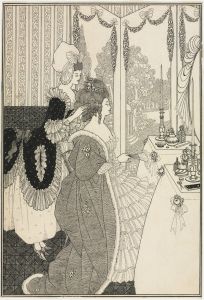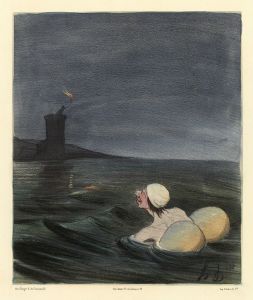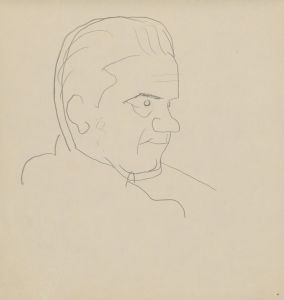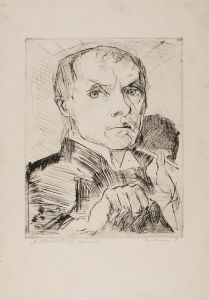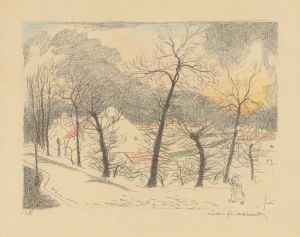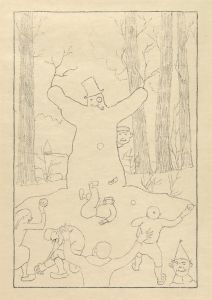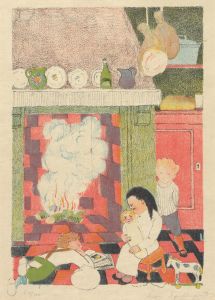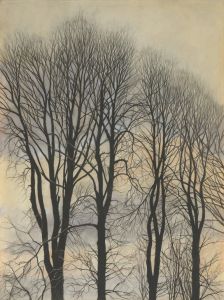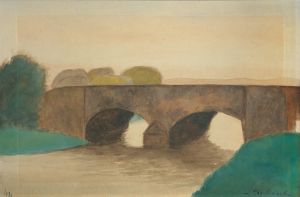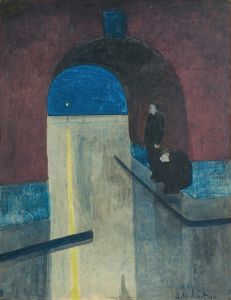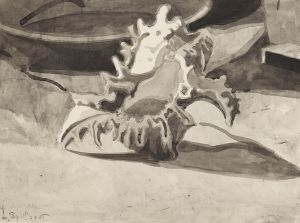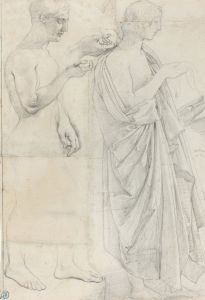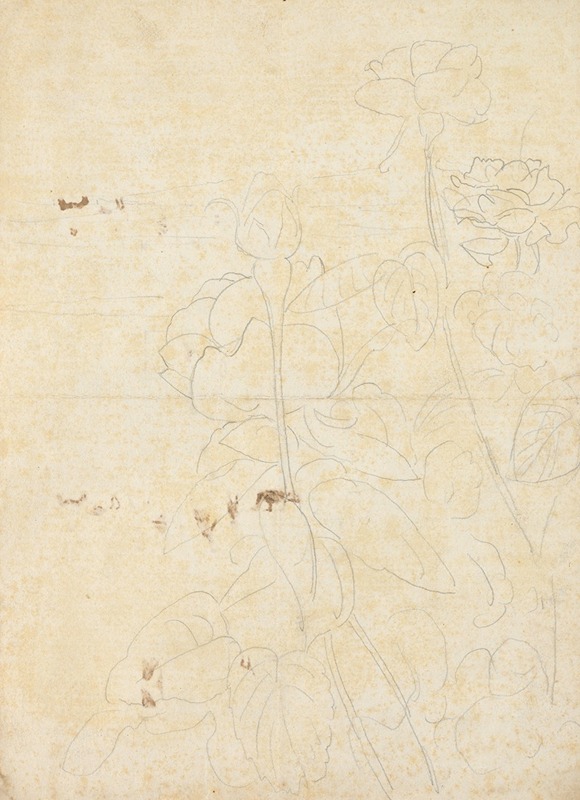
Schetsen van rozen
A hand-painted replica of Léon Spilliaert’s masterpiece Schetsen van rozen, meticulously crafted by professional artists to capture the true essence of the original. Each piece is created with museum-quality canvas and rare mineral pigments, carefully painted by experienced artists with delicate brushstrokes and rich, layered colors to perfectly recreate the texture of the original artwork. Unlike machine-printed reproductions, this hand-painted version brings the painting to life, infused with the artist’s emotions and skill in every stroke. Whether for personal collection or home decoration, it instantly elevates the artistic atmosphere of any space.
Léon Spilliaert, a Belgian symbolist painter, is known for his unique and atmospheric works that often explore themes of solitude, introspection, and the mystical aspects of the natural world. One of his notable works is "Schetsen van rozen" (Sketches of Roses), which reflects his distinctive style and thematic interests.
"Schetsen van rozen" is a testament to Spilliaert's ability to capture the essence of his subjects with minimalistic yet expressive techniques. Although specific details about this particular work are scarce, it is consistent with Spilliaert's broader oeuvre, which often features a subdued color palette and a focus on mood and emotion rather than detailed realism.
Spilliaert was born in Ostend, Belgium, in 1881, and his coastal hometown had a significant influence on his artistic vision. The isolation and vastness of the sea often found their way into his work, contributing to the haunting and introspective quality that characterizes much of his art. While "Schetsen van rozen" does not directly depict the sea, the same sense of quiet contemplation and emotional depth can be found in his floral sketches.
Throughout his career, Spilliaert was influenced by various artistic movements and figures, including symbolism and the works of Edvard Munch and Odilon Redon. These influences are evident in his use of shadow, light, and composition to evoke a sense of mystery and introspection. His works often blur the line between reality and imagination, inviting viewers to engage with the emotional and psychological undercurrents present in his art.
"Schetsen van rozen" likely exemplifies Spilliaert's skill in using simple lines and forms to convey complex emotions. His approach to sketching roses would have focused on capturing their essence rather than their botanical accuracy, using the flowers as a vehicle to explore themes of beauty, transience, and the passage of time. This aligns with the symbolist movement's emphasis on conveying ideas and emotions through symbolic imagery rather than direct representation.
Spilliaert's works, including "Schetsen van rozen," are often characterized by their introspective nature and the artist's personal exploration of existential themes. His art invites viewers to reflect on their own emotions and experiences, creating a dialogue between the artwork and the observer. This quality has contributed to Spilliaert's enduring legacy as a significant figure in Belgian art and the broader symbolist movement.
While "Schetsen van rozen" may not be as widely recognized as some of Spilliaert's other works, it remains an important piece within his body of work, showcasing his ability to infuse simple subjects with profound meaning. Today, Spilliaert's art continues to be celebrated for its emotional depth and innovative approach, securing his place as a pivotal figure in early 20th-century art.





